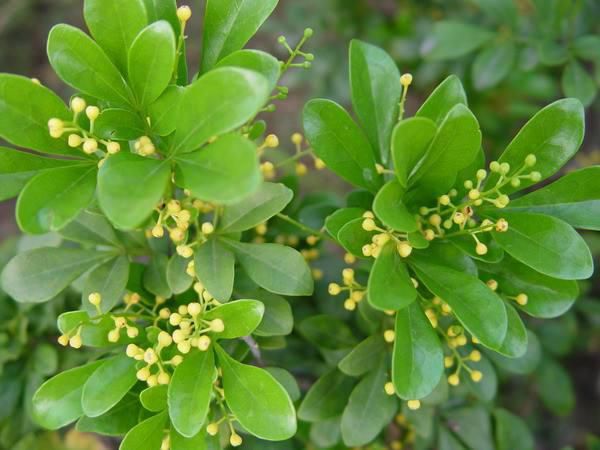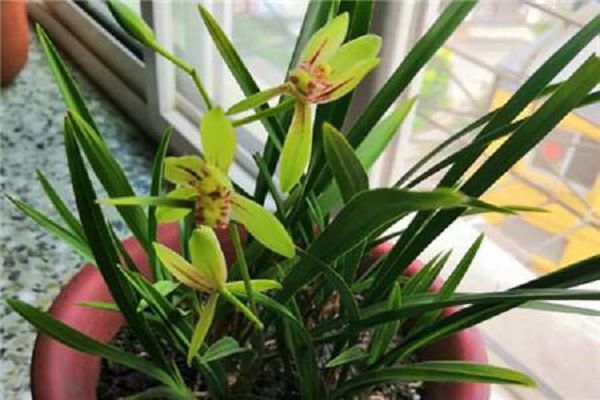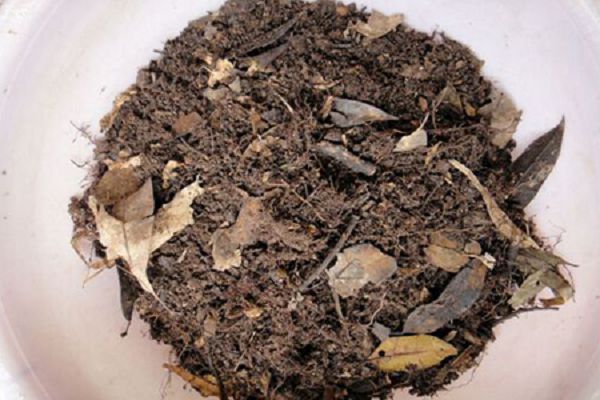Watering and fertilizing methods of Milan flower in four seasons

Milan likes light, warmth, fertilizer, cold, waterlogging, drought, and slightly tolerates semi-overcast. The soil is required to be fertile, moist, sandy and slightly acidic, and the slightly acidic rotten leaf soil with loose, fertile, drained and breathable is the best, and the basin should be changed once a year or two. The cultivated soil can be mixed at 1:2:1 according to the ratio of compost, rotten leaf soil and river sand. Milan is suitable for growing between 20 and 25 ℃, and new shoots are produced at 16 ℃. If the temperature drops below 5 ℃, it will suffer frost injury, and the overwintering temperature should be kept above 10 ℃. When Milan florescence comes, if the temperature is kept at about 30 ℃, it will make the flowers bloom with strong fragrance. And its ornamental value is also very high, generally, as long as it is well raised, it can blossom all the year round. Let's briefly introduce how to raise Milan flowers.
I. the method of watering Milan flowers in the four seasons
1. Spring watering
In spring, the weather gradually warms up and the temperature rises, and the Milan flower begins to enter the growing period, when the amount of water required will gradually increase, but it also depends on the weather and the wet and dry conditions of the basin soil. Generally speaking, it is less watered in cloudy days, not watered in rainy days, and watered once every 2 or 3 days in sunny days.
2. Summer watering
Summer is the peak growth period of Milan flowers, the demand for water is very high, we must maintain sufficient water, generally water once a day, the weather is too high, can be watered once in the morning and evening. In addition to watering, the plants of Milan flowers need to be sprayed with water mist to cool and moisturize.
3. Watering in autumn
In autumn, the temperature gradually becomes cool, and the growth of Milan flowers gradually becomes slow, at this time the amount of watering should be gradually reduced, after reaching late autumn, generally every 3-4 days watering, not too much watering, resulting in potting soil water rotten roots.
4. Watering in winter
When the temperature is relatively low in winter, Milan flowers will enter a dormant period, and the frequency of watering will be reduced, usually once every 10 to 15 days, as long as the basin soil is not too dry. When watering, you can choose to water at noon on a sunny day to narrow the temperature difference between soil and water and reduce the damage to the plant.
Second, the method of fertilization in the four seasons of Milan.
1. Fertilization in spring and summer
The flowering period of Milan is very long, which lasts from May to December. In spring and summer, the growing season of Milan flowers is also the peak season of flowering, and the nutrients needed are also very large. Spring is the growing season, and thin nitrogen fertilizer can be applied every ten days to promote the growth of branches and leaves.
When Milan flowers enter the flowering stage, it is best to apply compound fertilizer with low nitrogen and high phosphorus and potassium every 15 days, and potassium dihydrogen phosphate solution can be sprayed every 15 days to promote flower bud differentiation and improve the quantity and quality of flowering.
2. Fertilization in autumn and winter
Although Milan will also blossom in autumn and winter, the growth rate is gradually slow, so when applying fertilizer, we should appropriately reduce the frequency and dosage to avoid the phenomenon of root burning. In autumn, it is necessary to replenish phosphorus and potassium fertilizer properly, because the continuous flowering of Milan flower consumes a lot of nutrients, and fertilizer and water is applied once a month in early autumn, and once a month in late autumn.
After the beginning of winter, it is best not to fertilize the Milan flower, because the winter temperature is too low, the rice flower will enter a dormant period, at this time its root absorption rate of water and fertilizer will be greatly reduced, if fertilization may cause root burning phenomenon.
Related
- Is the orchid suitable for indoor use? Is it good for the body?
- How to prevent the empty root of orchids?
- What to do after the crab claw orchid is withered?
- Why are the leaves of orchids always yellow? Fertilizing and watering.
- Can the root of the gentleman orchid be saved if it is rotten?
- Diagnosis and treatment of cotton-blowing beetle insects in Cymbidium
- There is a way for a gentleman's orchid to rot.
- What is the most suitable temperature and humidity for the orchid?
- How to raise a gentleman's orchid? Cultivation techniques of Cymbidium
- How to prepare the nutritive soil for the cultivation of Cymbidium



